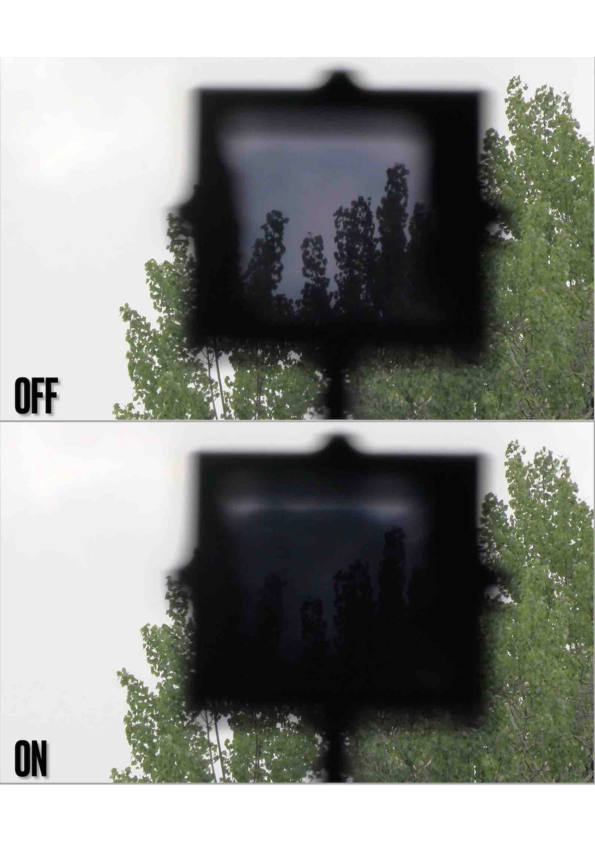TRIPODE Tri-segmented side-chain conjugated POLymers for fin-tuning the performance of Doped Organic Electronics
The project TriPODE aims at providing a breakthrough in the field of doped polymeric systems through a strategy of side-chain engineering of conjugated semiconducting polymers to fine-tune the performance of doped organic electronics. Two applications are targeted in particular: thermoelectricity device (TE) to convert thermal loss into useful electricity, and electrochemical transistors (OECTs) which is the core of next-generation bioelectronic devices.
Participants / Institutions:
B. Heinrich, S. Méry / STELORG - IPCMS
O. Bardagot, N. Leclerc / STELORG - ICPEES
M. Brinkmann / STELORG - ICS
Funding: ANR - PRC
